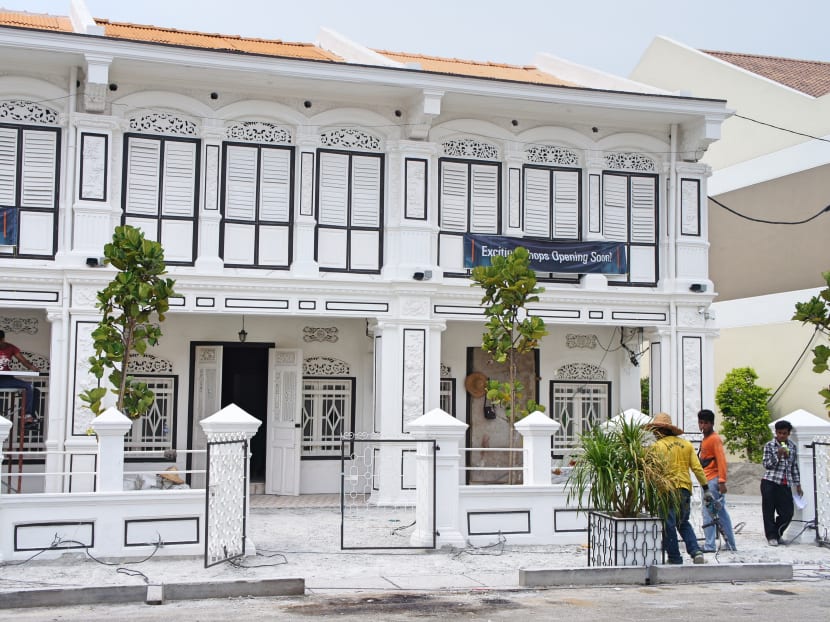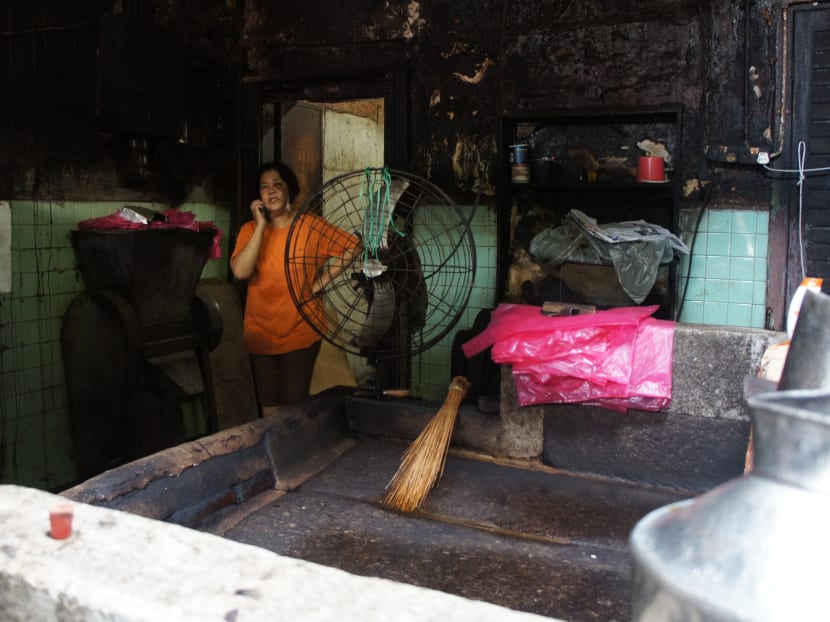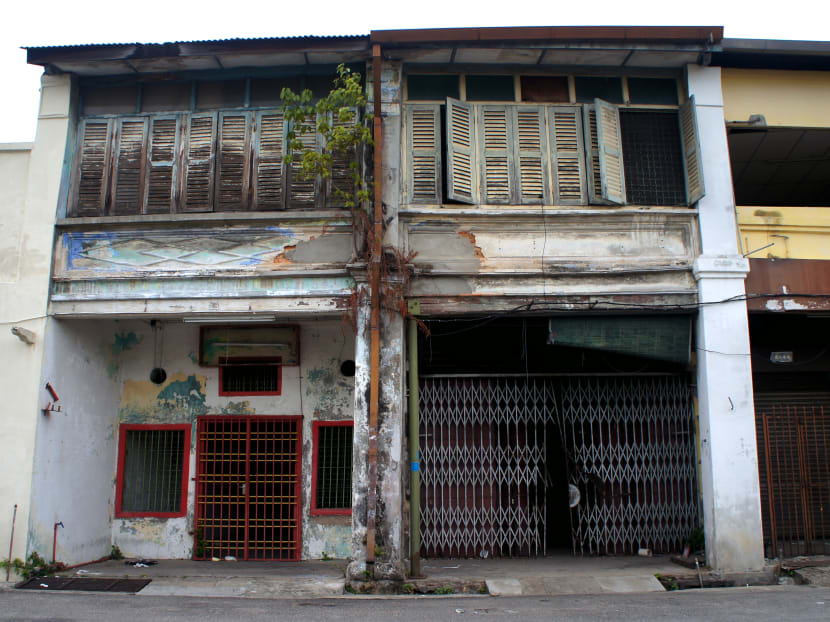The Big Read: Penang — whose version of heritage?
GEORGE TOWN — In 2008, the United Nations Educational, Scientific and Cultural Organization (Unesco) recognised the inner city of George Town — named after England’s King George III — as a World Heritage Site for its concentration of colonial-era buildings and multi-ethnic culture, along with another Malaysian city, Melaka.






GEORGE TOWN — In 2008, the United Nations Educational, Scientific and Cultural Organization (Unesco) recognised the inner city of George Town — named after England’s King George III — as a World Heritage Site for its concentration of colonial-era buildings and multi-ethnic culture, along with another Malaysian city, Melaka.
This has led to a flowering of its cultural and tourist scene, including the popular George Town arts festival, which attracts some 200,000 people each year, and the conversion of many pre-war shophouses to boutique hotels and cafes. Such conversions need approval from the city council and to pass a list of requirements like fire safety checks.
The trouble is, some of these conversions have been done illegally, said conservationist activist and former Penang Heritage Trust president Khoo Salma Nasution. What’s more, old trades people — such as rattan weavers and makers of traditional votive paper flowers for altars — are being evicted after living in their homes for generations, as tourism takes over their streets.
Two of several shophouses on Lebuh Macallum that are now empty since the eviction of its previous tenants to make way for redevelopment. Photo: Looi Sue Chern
“Our community is our intangible cultural heritage. This living social memory of our city is being wantonly destroyed because of short-term gain,” said Ms Nasution, who pointed out it is the presence of these community that gives George Town its unique identity.
As it was, the heart of Georgetown had been hollowing out for years. Thirty years ago, the inner city of George Town was home to 50,000 people. By 2009, that number had dwindled to 10,159 as people moved out to newer suburban developments.
By 2013, the number of people living in the old city had fallen further to 9,425 people, according to the George Town World Heritage Site: Population and Land Use Change Surveys.
Two generations of Mr Loke Chuan Hoe’s family has run Tai Chuan Coffee Mill out of a two-storey shophouse in Lebuh Katz since the 1920s. The street outside the shophouse is narrow as vehicles parked on both sides of the road. They do not roast coffee beans but the aroma of coffee permeates the shop from the neatly packed coffee packets.
Now Mr Loke and his wife, Madam Lim Kooi Choon, both in their mid-50s, have been told by their landlord to move out by October. The shophouse was one of eight on Lebuh Katz that had been sold to a private developer.
Coffee beans used to be roasted in the back of the Tai Chuan Coffee Mill shophouse on Lebuh Katz until the roasting was ‘outsourced’ to a factory on mainland Penang a year and a half ago. Mdm Lim Kooi Choon (pictured here) and her husband still sell their family’s lion brand coffee powder at the shophouse but their small family business of almost a hundred years old is now in limbo. Photo: Looi Sue Chern
Tai Chuan Coffee Mill’s lion brand coffee has been in existence since the early 20th century. The business survived the second world war and Japanese occupation but is now in limbo due to development in George Town that has led to the evictions of many longtime residents and local trades. Photo: Looi Sue Chern
“The landlord’s clerk came by late last month and told us that we have to move,” Mdm Lim said. “They won’t be collecting anymore rent for the next six months, but we have to leave in October. We live upstairs, above the shop. Me, my husband and our daughter.”
Mr Loke said he felt very sad about having to leave the shophouse, where his family had lived since the days of his father, who settled in Penang after leaving Hui’an county in south-eastern China.
“There is nothing we can do. The house belongs to someone else. We can only give it back. I will try my best and find a place to rent so we can continue to sell coffee powder. It is my family business, which I don’t want to give up,” he said.
However, he is worried over the rental of a new place. His current rent is only at RM550 (S$187) a month.
“Rent these days is expensive, over a thousand ringgit in many places. I cannot afford to pay that kind of money with my small business. It will be tough.”
Local heritage activist group George Town Heritage Action (GTHA) co-founder Mark Lay, a New Zealander who lived in Singapore from 1979 to 1986 and visited Penang often for holidays as a child, said he felt Penang was repeating some of Singapore’s developmental mistakes.
“Every month that goes by, I am seeing certain streets of George Town starting to look very similar to Chinatown in Singapore, to Little India in Singapore. Heavily gentrified. Restored by keeping the facade but completely demolishing and rebuilding at the back,” said the retired consultant, who has lived in Penang since 2012.
Old shophouses on Jalan Pintal Tali near the state administrative tower Komtar were given a major facelift and modernised to house tourism-oriented businesses like cafes and restaurants. Photo: Looi Sue Chern
“Penang can pretty much compete on its own merits and of course with the listing of world heritage, that it is something that sets Penang apart from somewhere like Singapore,” he said.
“It is something very unique and if it is properly managed, properly preserved and fostered, then you may well have arguably one of the better living heritage cities in the world.”









